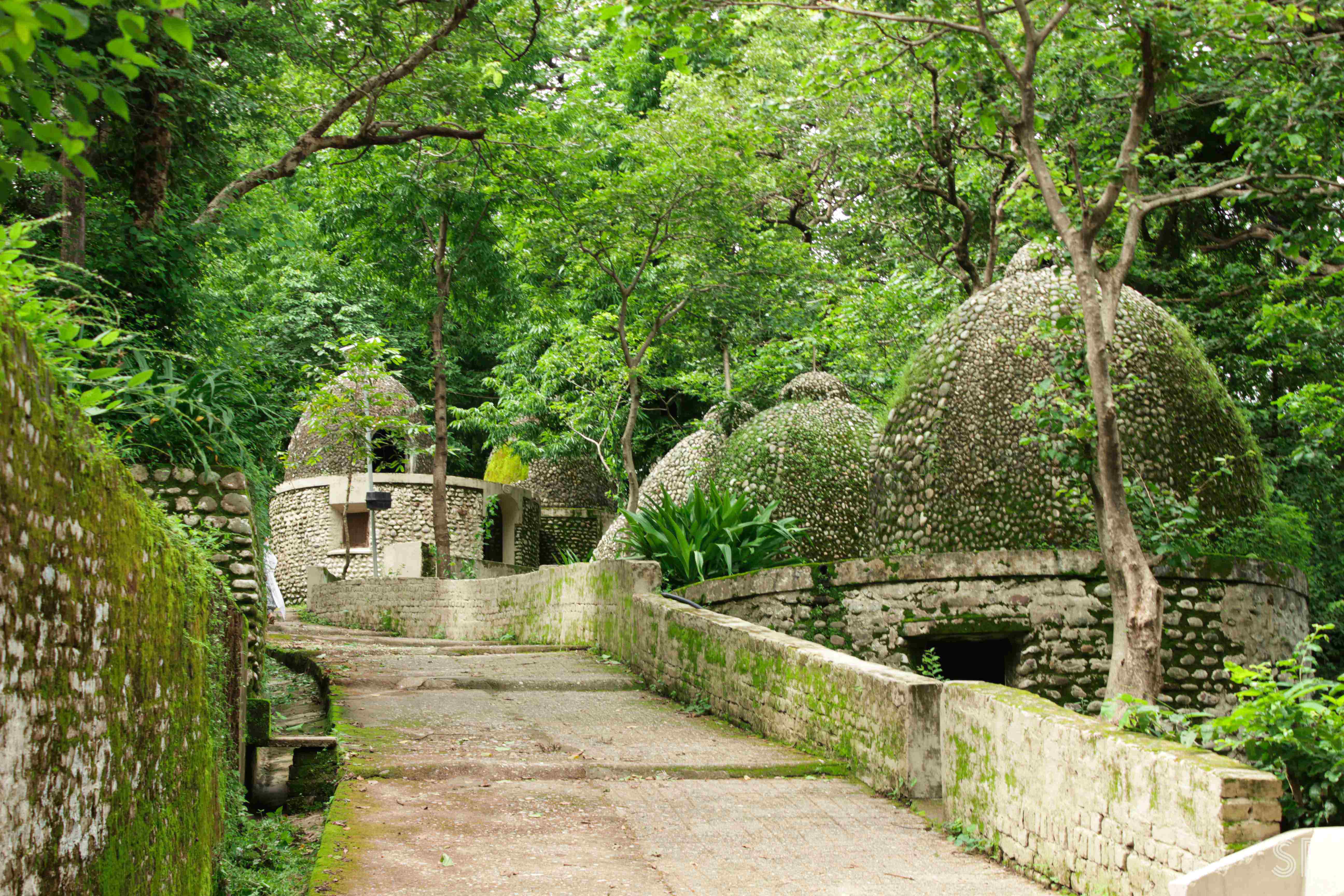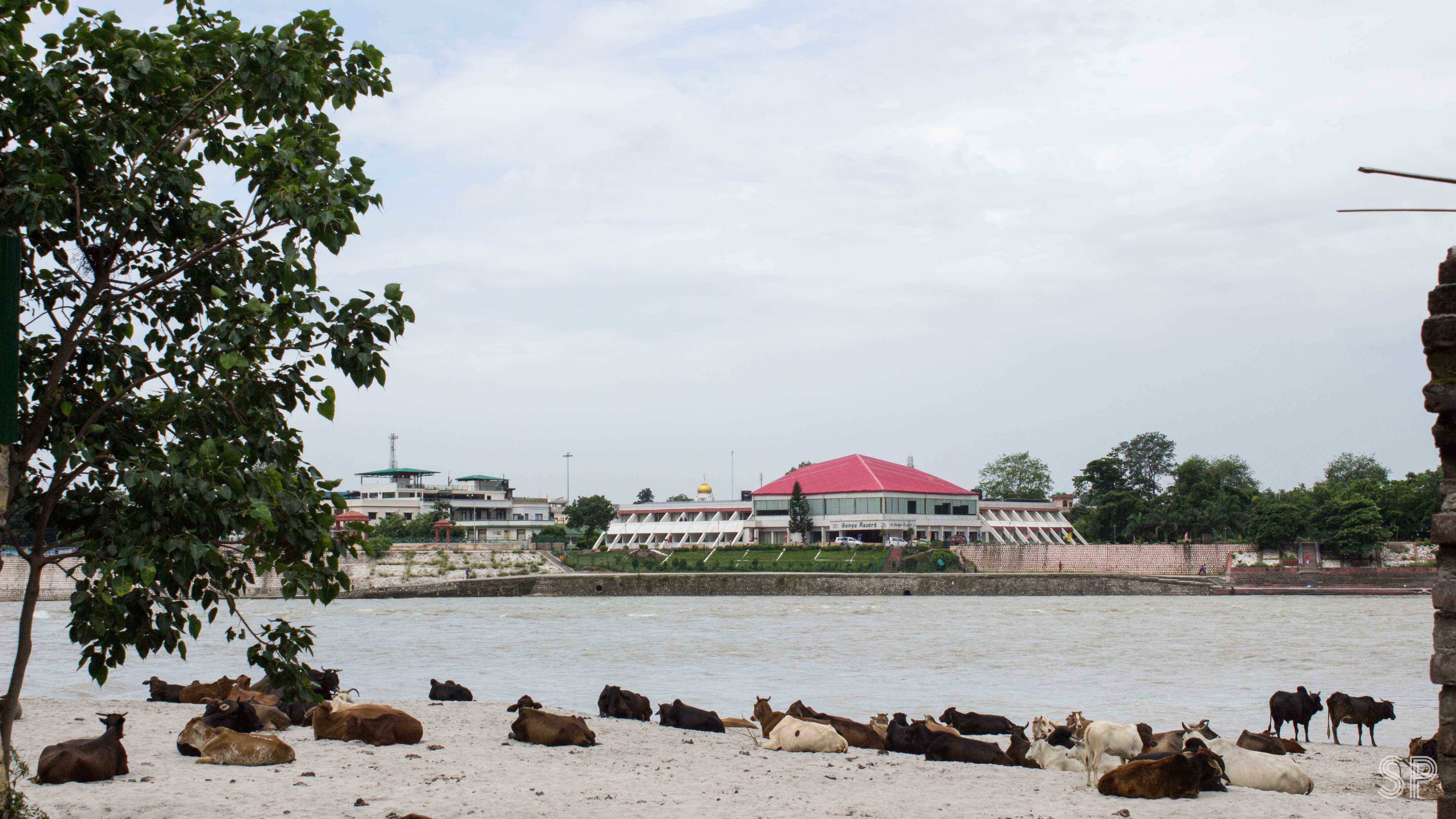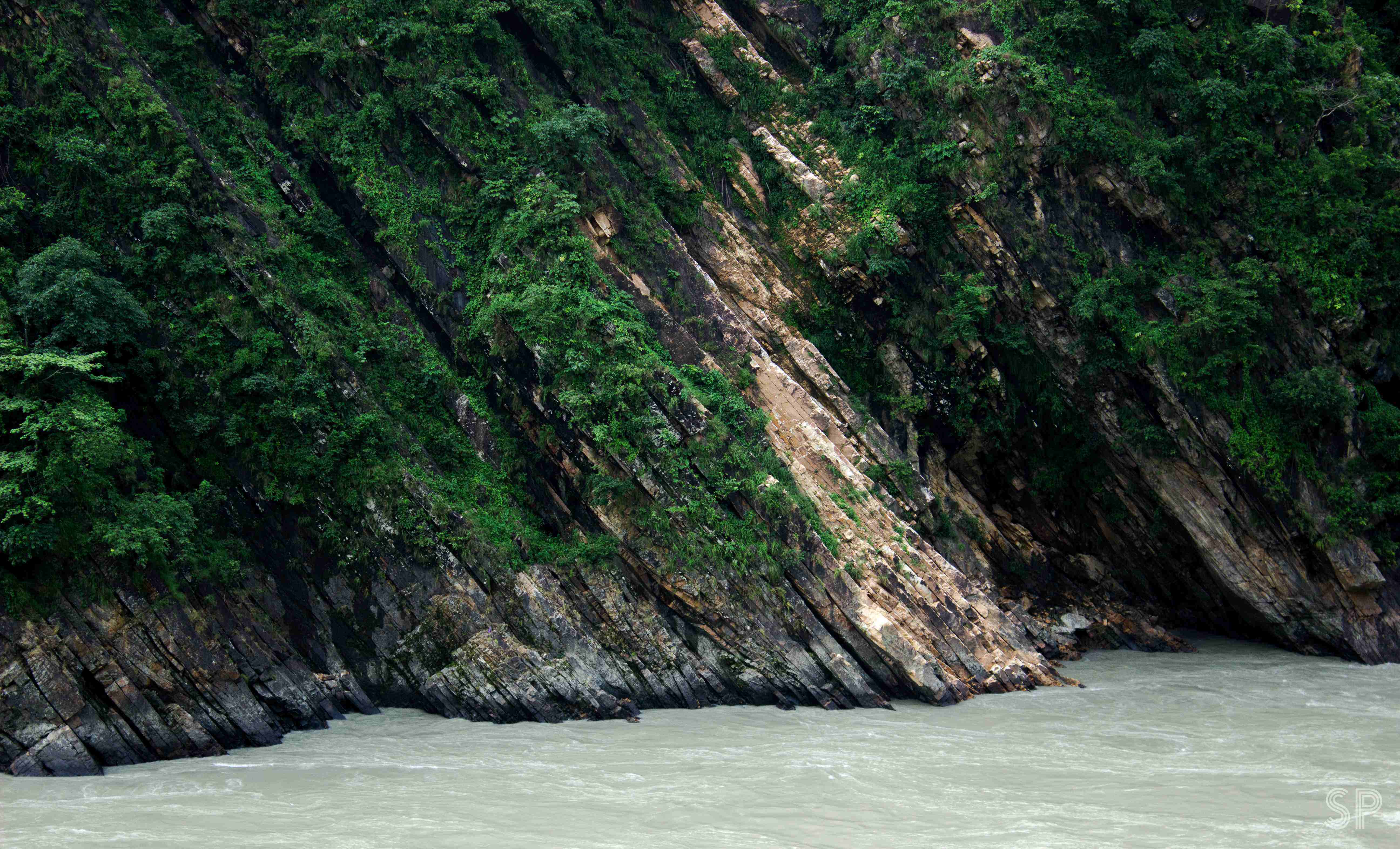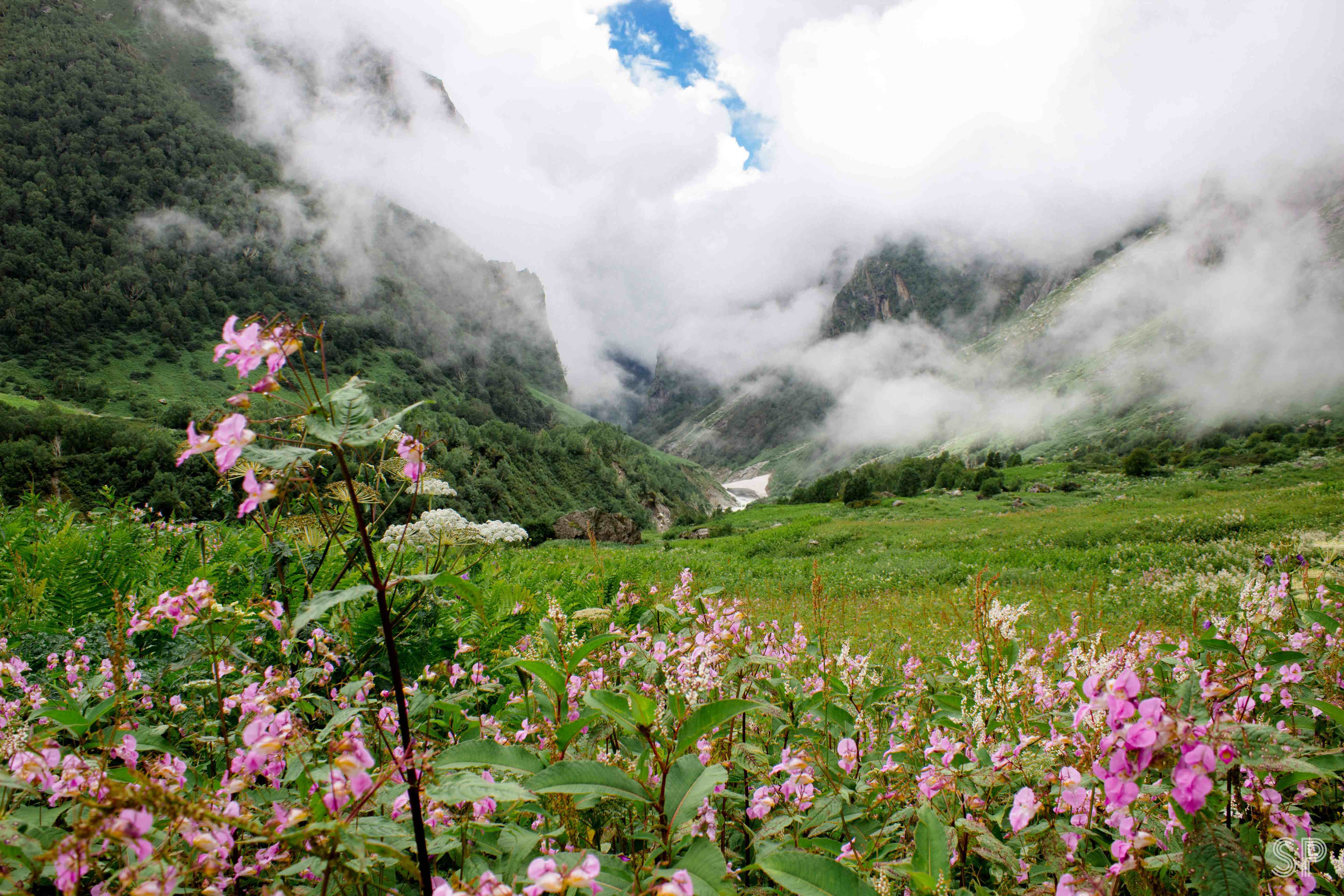
Abdullah Alam
16 Sep 2020
Part 1 of 3, of my Valley of Flowers travel blog. Rishikesh was the first leg, and a place interesting enough to warrant an entire trip for itself. I stayed back here for two days, and explored what I could. Here's a brief account of Rishikesh.
You are reading Part 1 of 3. Visit part 0 for links to other parts, or directly click here if you stumbled across this looking for Valley of Flowers specifically.
Getting to the Valley of Flowers isn't as straightforward as one would expect. The base village, Ghangharia (also known as Govind Dham), is only accesible on foot from a place called Govind Ghat. To get to Govind Ghat from Delhi, one must follow NH7 (which goes all the way to Mana, which is a little north of Badrinath). Govind Ghat lies on this route, 500km from Delhi, way too much distance to realistically cover in one day.
Alternatively, one can land at Jolly Grant airport in Dehradun, and cover the 300km to Govind Ghat in a single day, if they wish. However, flights to Delhi are cheaper, and this route would've meant that I'd get to explore some more places along the way.
Hence, the first leg of my journey, after landing in Delhi, took me to Rishikesh. State buses frequently ply from the Kashmiri Gate of ISBT in Delhi, to Haridwar and Rishikesh, for around ₹200-₹300 per head.


Haridwar is one of the major stops on the way to Rishikesh, and a lot of people opt to spend a night here instead. I personally found more places of interest in Rishikesh while looking it up online, and hence chose to stay back there.
Upon entering, Rishikesh makes a powerful impression. The mountains that begun to be visible as you left Haridwar, now surround you wherever you look. I visited this place towards the end of August, and the weather was quite pleasant; neither unbearably hot, nor shiveringly cold. Although it does not snow here, Rishikesh winters can be chilly.

Other than remembering a few interesting spots listed online, I went into Rishikesh knowing very little about it. I booked a bed in Zostel (highly recommend this if you're not travelling with family), and explored the town for a day.
Rishikesh is a quaint little city, also know as the gateway to the Himalayas. The Garhwal foothills of the Himalayas begin from here, and extend all the way to Ghangharia, where the Valley of Flowers is located at the transition between the Garhwal ranges and the Himalayas. This city is one of the first cities the river Ganga flows into, and hence, is considered holy.
And the river, surely, is the most dominating aspect of being in this city. You see, Rishikesh is divided into two halves by the Ganges, and the city runs mostly along the banks, without meandering laterally too much. Due to this, the distant roar of the waters is almost always audible, wherever you are. During sunset and twilight, the place takes on a magical charm, with pink skies casting their soft light over the green mountains, and the white river flowing under it.
The only way to cross the river, is on foot (or a two-wheeler) over one of the two bridges spanning the Ganga: Ram Jhula and Laxman Jhula. Ram Jhula is located in the middle of the main city, wheras Laxman Jhula is located 2 km upstream, connecting the villages of Tapovan on the west, to Jonk in the east. These bridges are iconic landmarks of Rishikesh, visible from most parts of the city. Note: Zostel, technically, is located in Tapovan, not Rishikesh.


Being holy, Rishikesh has no dearth of temples and ashrams. It is famous as the Yoga capital of the country. Rishikesh catapulted into westerm fame when the Beatles paid a visit to Maharishi Mahesh Yogi's ashram and spent some time there. Today, the Ashram is in ruins, but is open to the public, under the name Beatles Ashram. Several artists have covered the walls in interesting graffiti over the years, which is fascinating to look at.



The place has remnants of an old printing press, the classrooms, kitchen and living quarters used by the monks who lived there, and the people who learnt from them during the 1960s and 1970s. The Maharishi's living quarters has been transformed into a learning center, with photographs of the band and several other artists dorning the walls, along with a lot of praise for transcendental meditation and the (possibly overstated) impact of the Maharishi on the celebrities' lives and careers.
The period during which The Beatles stayed in India marked one of their most prolific songwriting periods; however, the plaques conveniently leave out the fact that Starr left the Ashram after 10 days, and McCartney after a month, having grown bored. Following allegations that the Maharishi had made sexual advances to women attendees, Lennon and Harrison left soon after, the former having written a harsh song titled 'Maharishi', which was later renamed to 'Sexy Sadie' to avoid legal issues.
Yikes.

Rishikesh is also famous for adventure sports. However, during monsoons, all water sports are closed, and they resume in October or November. There is also a tiger reserve right next to the city, with regular safaries, also closed during the monsoon. Keep these things in mind when planning your stay. Another thing to note is that there is no non-veg food anywhere in Rishikesh.
Also notewrothy is the Triveni Ghat Aarti which is undertaken everyday at 7:00-7:30 PM on the bank of the Triveni Ghat.
The following morning, I left Rishikesh for Govind Ghat, which is a journey that takes up nearly the entire day. As usual, state buses ply to and fro, and the trip should cost around ₹400-₹500. The only direct bus from Rishikesh to Govind Ghat, departs at 5:30AM from the depot. If you miss that, you may have to hop from place to place, catching whichever bus or cab takes you farther along the route. The route passes through Rudraprayad, Karnaprayag, Chamoli, Srinagar and Joshimath, among other places. While a little inconvenient, travelling like this has it's own charms.

After staying the night in Govind Ghat, the next leg of the journey is a beautiful hike to Ghangharia, that takes you up beautiful paths cut into the mountains, bridges spanning pristine, gushing rivers, surrounded by towering green mountainsides and snow-clad peaks in the distance. Click here for part 2, with details and photographs.




Leave a comment